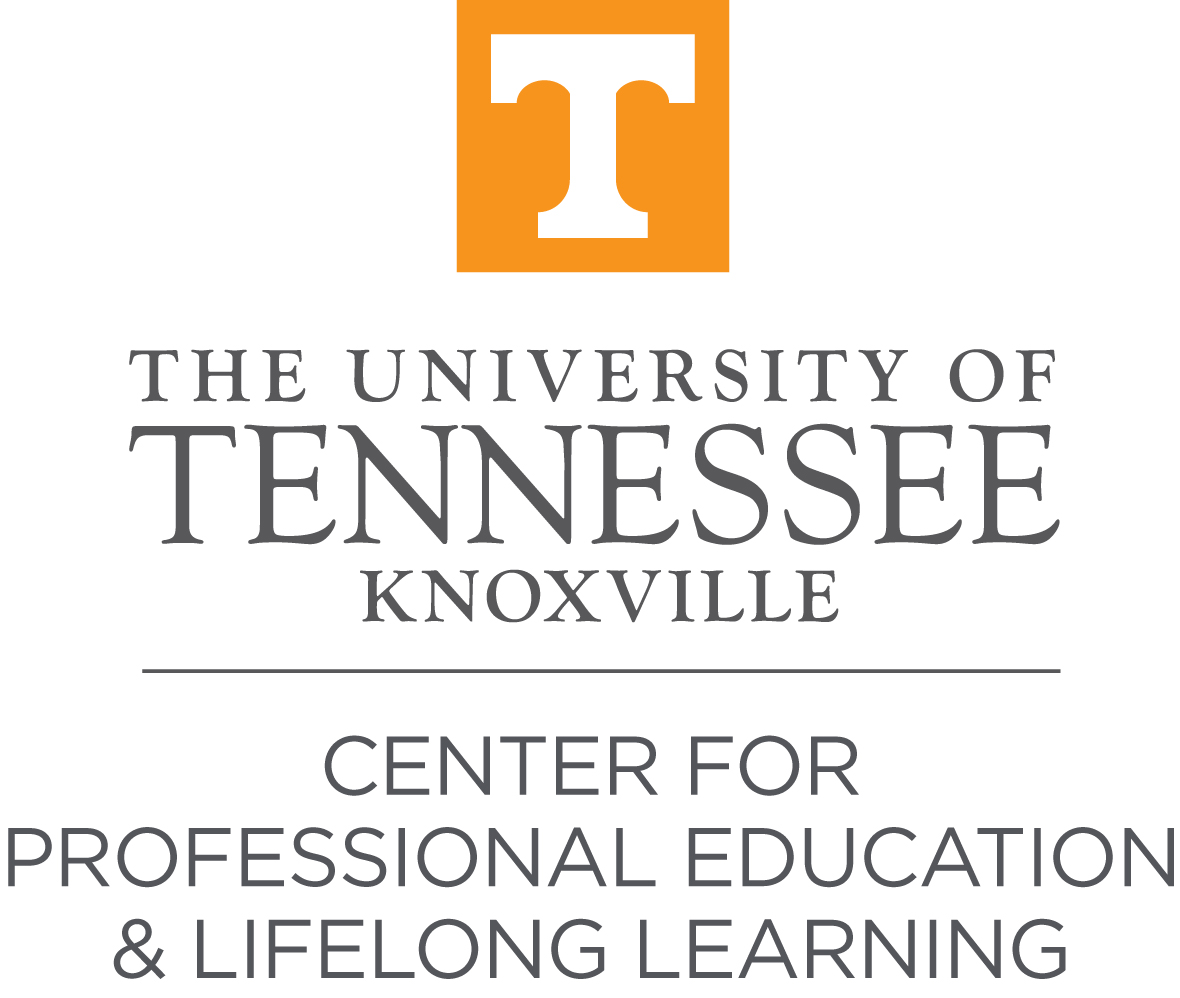Online Registration Not Allowed
The requested course is unavailable or subject to restrictions against web registration. Please contact our office to see if alternatives are available.
Support Person: UT Center for Professional Education & Lifelong Learning Phone: (865) 974-0150 Email: professionaled@utk.edu
Support Person: UT Center for Professional Education & Lifelong Learning Phone: (865) 974-0150 Email: professionaled@utk.edu
